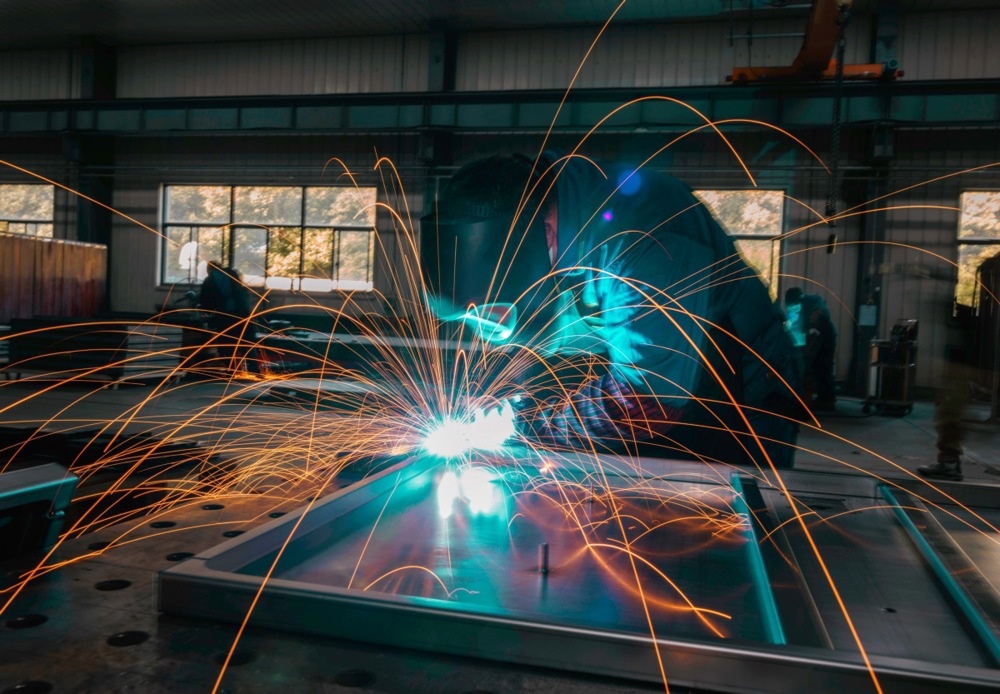The Chinese are coming. Great.
When I was a kid, I remember seeing a movie called The Russians Are Coming the Russians Are Coming. It was a heartwarming story about a Soviet submarine that got stuck on a sandbar off a small US island. Chaos and comedy ensued, as they say, after the Russian crew were forced to make landfall. But it was underpinned by the fear of the invading unknown that seems so worrying until everybody realises that we are all essentially human with the same ideas and ideals, and so on.
Weirdly, the global car industry is in that same mode because The Chinese Are Coming. Actually, if anyone was to take notice, they are already here. The industry has most definitely taken notice; it’s just that until now, Chinese car producers have been focusing on their own, huge internal market.
Chinese car manufacturers have gone from producing about 500,000 units a year in 1990 (about what SA was producing then and now), to 30 million a year. That’s a little less than the entire rest of the world’s output. For years, most of these cars were produced by foreign-owned car companies; now local manufacturers predominate.
One example is that China’s best-selling car manufacturer, BYD (Build Your Dreams), sold a record number of electric vehicles (EVs) and hybrids globally last year (about 4.3 million) - far more than its target of 3.6 million. In total, that’s twice the number of cars sold by Tesla; its EVs alone sold just under Tesla’s total sales. The essential reason is that the Chinese producers are producing very cheap cars - BMW quality at Toyota prices, one China-based analyst told me.
So, the Chinese have arrived and the response of the US and Europe has been to, well, panic, as well they might. In October last year, the EU imposed additional tariffs on Chinese EVs, ranging from 17.4% to 37.6%. This is in addition to the existing 10% duty on all foreign-made vehicles. In May 2024, the Biden administration increased tariffs on Chinese EVs even further, from 25% to 100%. And this is before Trump gets in on the act!
The theory is that Chinese EV manufacturers benefit from substantial state subsidies, which they do. But, of course, European and US manufacturers also get substantial state subsidies, which they conveniently forget to mention. This is not a normal, logical trade tiff; this is more like a wholesale importation ban. We are now well into the trade war phase.
So what do the Chinese do in these circumstances?
As far as Europe and the US are concerned, I presume they will try to build plants there and “localise” their production. And in the rest of the world? They need to try to make friends as quickly as possible.
So, it didn’t surprise me to read on Bloomberg over the Christmas period that no fewer than three Chinese automakers have already signed non-disclosure agreements with the local lobby group in South Africa, Naamsa | The Automotive Business Council. And SA is sensibly playing along with aggression, promising a 150% tax deduction for investment in electric and hydrogen-powered vehicles, according to the Bloomberg report.
SA, as we all know, has an extraordinary local car industry, totally out of proportion to the size of the market. There are five foreign-owned car producers in SA, in what is arguably the jewel in the crown of SA’s interventionist industrialisation effort. Arguments in favour of the Automotive Production Development Programme policy framework and against are beyond this short note, but suffice it to say government and manufacturers are in favour and taxpayers less so. National Treasury estimates the subsidy granted to the automotive sector was R34-billion in fiscal 2022. That would constitute an absolutely ridiculous R61,000 subsidy per vehicle.
But you know, this is table stakes. The German government subsidy to its auto sector is about triple that, although the German market is massive comparatively. The US support for its industry is currently about $15-billion. If you want to play in this market, the government needs to put some money on the table, at least in the form of tax relief.
The big advantage of SA’s system is not so much from a manufacturing point of view, but from a fiscal point of view because the value of auto exports and imports roughly balance each other - in fact, they have tipped in favour of exports as the local market has stagnated in the wake of SA’s poor economic performance and pressure on consumers. And from a timing point of view, as SA stabilises its electricity provision, the move to EVs and hybrids will be welcome.
So, if the Chinese are coming, well then my opinion would be to say, nǐ hǎo very distinctly and hand out some green tea. DM





